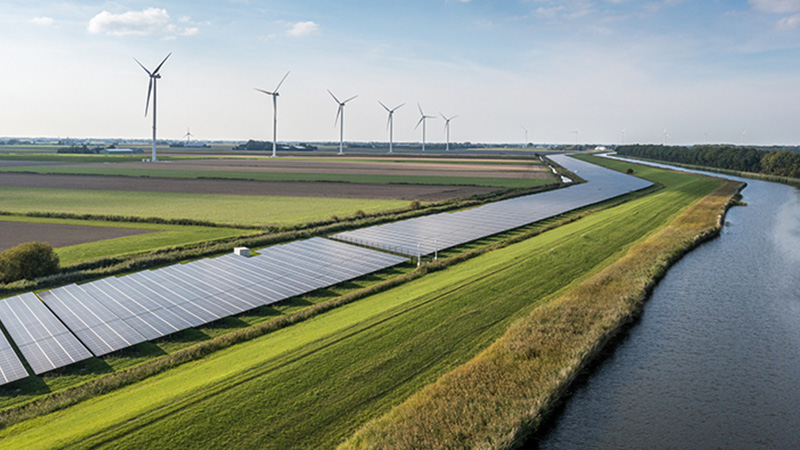The Autumn statement also detailed new arrangements for the payment of Capital Gains Tax. At the moment, tax is paid anywhere between 10 and 22 months after a disposal is made. The Government said this put it out of line with other taxes and said that from April 2019, the tax will be payable within 30 days of completion of any disposal of residential property.
Elsewhere, there were also some amends to the eligibility rules for VCT and EIS schemes. With effect from 30 November 2015, the provision of reserve energy generating capacity and the generation of renewable energy benefiting from other government support by community energy organisations, will no longer be qualifying activities.
The Government also announced a consultation into Business Investment Relief, with the aim of making it more attractive for investors. It also extended the availability of the £40 billion UK Guarantees Scheme for infrastructure projects to March 2021, to continue to help infrastructure projects raise finance from banks and the capital markets.
Finally, the Chancellor announced plans to transform HMRC into ‘one of the most digitally advanced tax administrations in the world’, with access to digital tax accounts for all small businesses and individuals by 2016-17. The Chancellor has ear-marked £1.3bn for the change.
Overall, the statement held relatively few surprises and the Chancellor’s key targets remained the same. Savers may be disappointed the Chancellor has not sustained his momentum on pension and Isa changes, but some may be grateful that there is a respite from changes to the rules.










